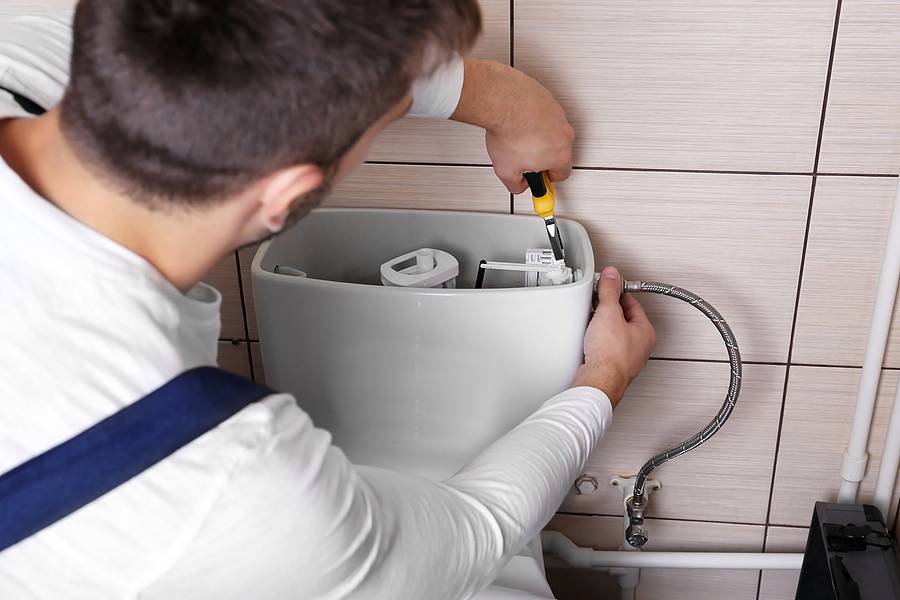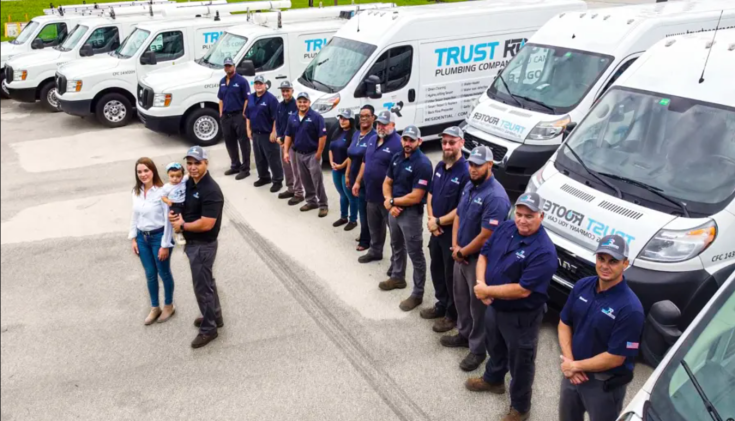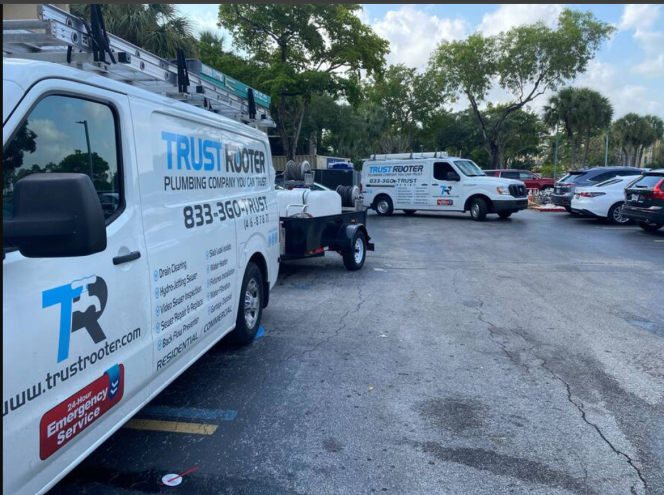How to Make Your Toilet Eco-Friendly
With water bills surging nationwide and calls for water conservation getting louder, it makes sense to embrace water-saving techniques. Saving water is not only good for your pocket, but it also ensures that this precious resource remains available for future generations. A good place to start is to make your toilet eco-friendly. Toilets account for nearly 27% of the water used in American homes.
At Trust Rooter, we provide professional toilet services, including toilet installation, toilet repair, and more. If you’re looking for a trusted plumbing company to install, repair, or replace your toilet, you can trust the team at Trust Rooter to do a flawless job. In this post, Trust Rooter provides you with tips on how to make your toilet eco-friendly.
- Install High-Efficiency Toilets
Upgrading to a high-efficiency toilet (HET) can significantly reduce water consumption. HETs use less water per flush while maintaining effective waste removal. Most high-efficiency toilets use around 1.28 gallons of water per flush (GPF) or even less. Some advanced models can go as low as 0.8 GPF. Replacing a regular toilet with an HET can result in water savings of 50% or more with each flush. Over time, this can significantly reduce water consumption in a household, leading to lower water bills and a more eco-friendly home.
- Stop Using Your Toilet as a Bin
Avoid disposing of items like tissues, cotton balls, or sanitary products in the toilet. Use a waste bin instead to prevent unnecessary flushes. Apart from saving water, being careful with what you flush will help you prevent blocked toilets.
- Use the Smaller Button to Flush Liquid Waste
Many toilets have a dual-flush mechanism with two buttons. Opt for the smaller button when flushing liquid waste, which uses less water than the full flush.
- Install Cistern Saver (Water Hippo)
Placing a cistern saver, also known as a water hippo, in the toilet tank reduces the amount of water used with each flush. This device displaces water in the tank, allowing for efficient flushing.
- Install a Dual Flush Conversion Kit
If your toilet doesn't have a dual flush system, you can have a plumbing service retrofit it with a dual flush conversion kit. This modification enables you to choose between a full flush for solid waste and a partial flush for liquid waste, saving water in the process.
Additional Tips to Save Water around Your Home
- Take shorter showers.
- Have a reliable plumber promptly repair any leaks in faucets, toilets, and pipes.
- Wait until you have a full load of laundry or dishes before running your appliances.
- When brushing your teeth, washing your face, or scrubbing dishes, turn off the tap while you're not actively using the water.
- Install rain barrels to collect rainwater for outdoor use.
- Instead of hosing down driveways and sidewalks, use a broom to sweep away debris.
- Collect and reuse greywater.
Call Trust Rooter for Professional Toilet Services
Need help with upgrading to a high-efficiency toilet? Is your toilet in disrepair and needs to be fixed? Trust Rooter is here to help. We have the training, experience, and state-of-the-art tools to get the job done right. From toilet installation to toilet repair and toilet replacement, we’ve got you covered.



 Sep 30,2023
Sep 30,2023


